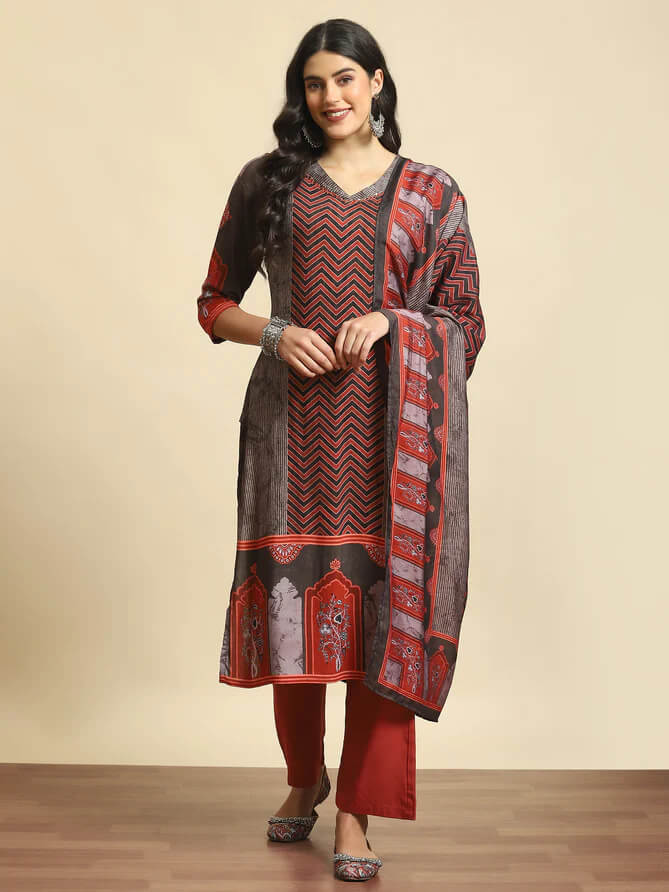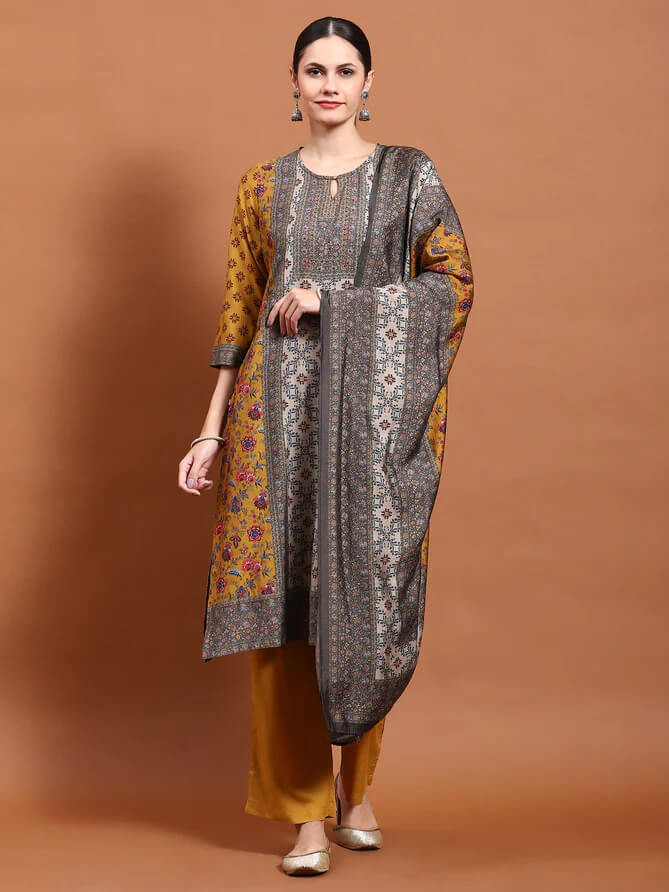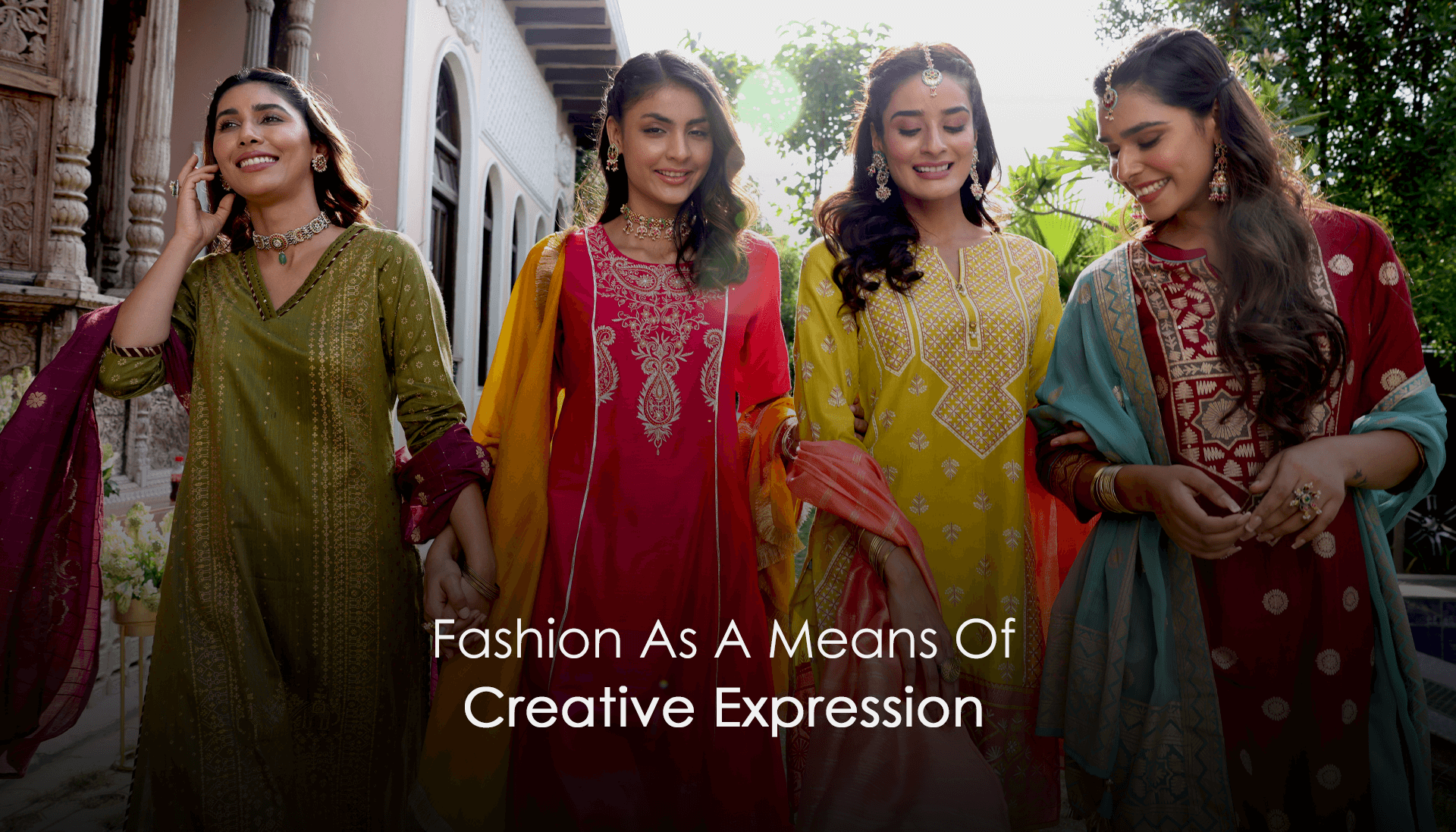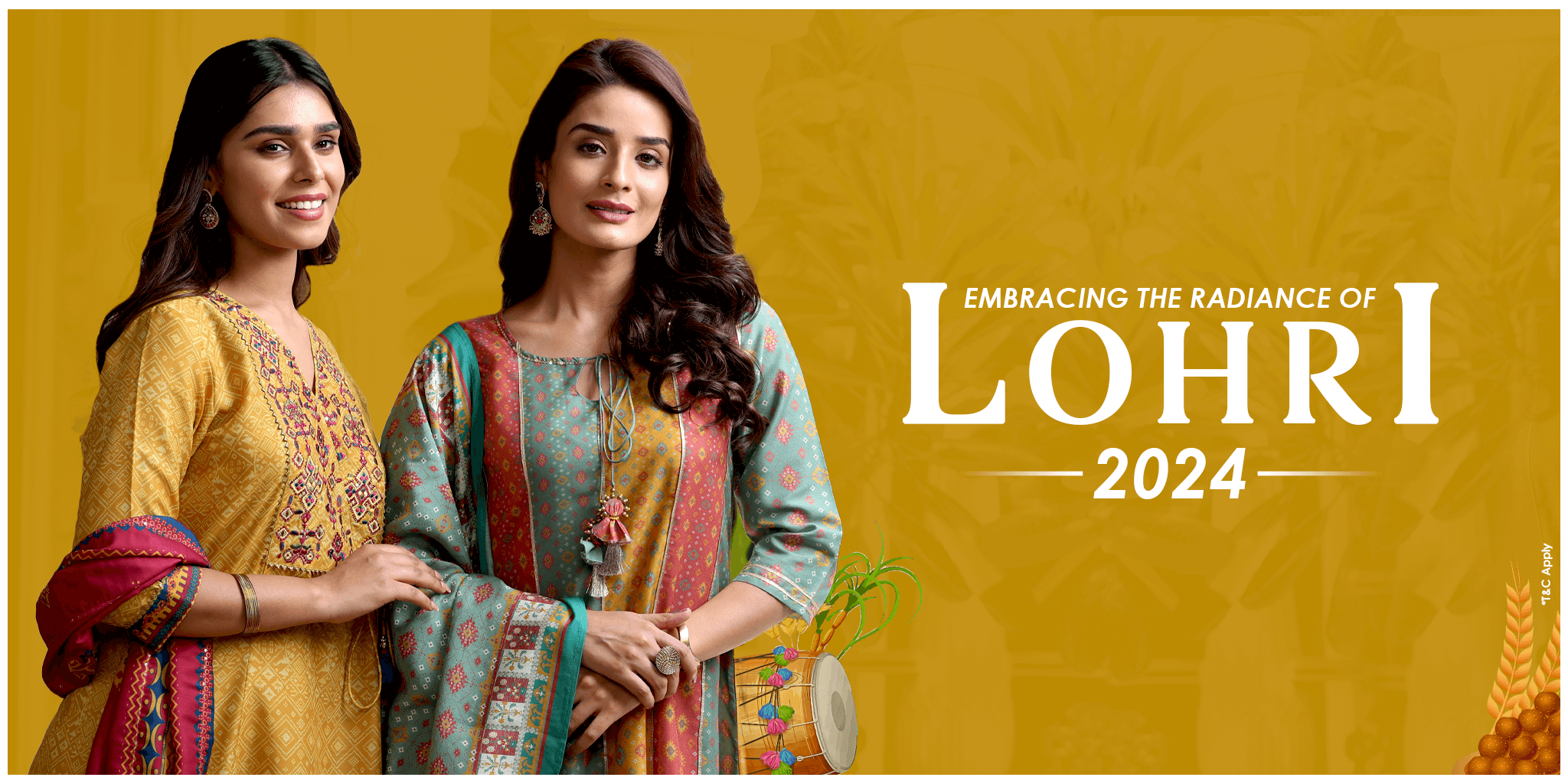Pashmina Perfection – A Closer Look
In the heart of the Himalayas, where the air is crisp and the landscapes are breathtaking, lies the source of one of the world's most exquisite fabrics - Pashmina. Renowned for its unparalleled softness, warmth, and luxurious feel, Pashmina has captivated the fashion world for centuries. In this comprehensive exploration, we dive into the artistry and craftsmanship behind Pashmina Kurtas, tracing the journey from the mountainous terrains to the elegant ensembles that grace runways and wardrobes worldwide.
Introduction to Pashmina: A Fiber from the Himalayan Heights
Pashmina, also known as "Cashmere" in the West, is derived from the fine undercoat of the Changthangi goat, native to the high-altitude regions of the Himalayas. The harsh climate of this terrain prompts these goats to develop a remarkably soft and warm fleece, making Pashmina a rare and highly coveted material.

The Craftsmanship Journey: From Fiber to Fabric
The journey of Pashmina from raw fiber to the finished fabric is a testament to the skill and dedication of the artisans involved. It all begins with the careful combing of the goat's fleece, a delicate process that requires patience and precision. The collected fibers undergo a thorough cleaning, ensuring that only the purest strands are used in the crafting process.
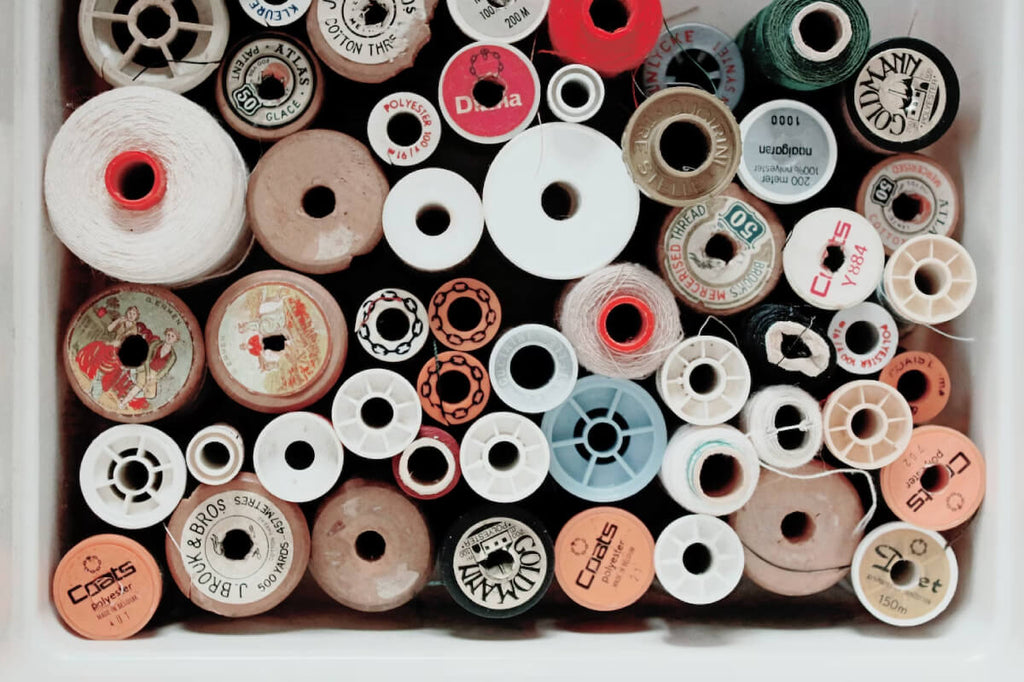
Spinning the Magic: Hand-Weaving Pashmina Threads
What sets Pashmina apart is the traditional method of hand-weaving. Skilled artisans meticulously spin the cleaned fibers into fine threads, a process that demands an extraordinary level of expertise. The hand-spinning technique not only preserves the natural softness of the fiber but also contributes to the unique texture that defines Pashmina.
The Art of Hand-Embroidery: Adding Intricate Details to Pashmina Kurtas
Pashmina Kurtas are not just garments; they are exquisite pieces of art. Many Pashmina Kurtas feature hand embroidery, a labor-intensive process that involves the meticulous placement of intricate designs onto the fabric. Artisans often draw inspiration from the rich cultural tapestry of the Himalayan region, creating patterns that tell stories of tradition, nature, and spirituality.
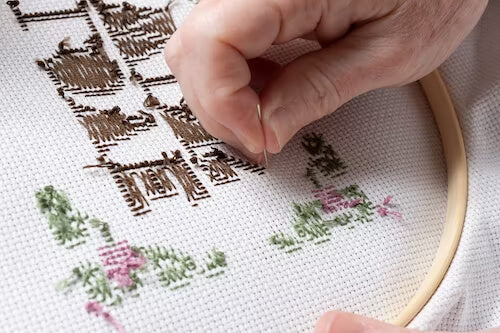
Part 2: Pashmina Kurtas in Fashion
Timeless Elegance: Pashmina Kurtas for Every Occasion
The versatility of Pashmina Kurtas is one of its standout features. Whether you're attending a formal event, a festive celebration, or a casual gathering, the timeless elegance of Pashmina ensures that you make a statement wherever you go. The soft drape of the fabric complements various silhouettes, from straight cuts to flowing Anarkalis, offering a wide range of options for every fashion preference.
A Symphony of Colors: The Pashmina Palette
Pashmina Kurtas come in a rich and diverse color palette that reflects the natural hues of the Himalayan landscape. From earthy tones like browns and greens to vibrant shades of reds and blues, each color is carefully chosen to enhance the beauty of the fabric. The dyeing process is yet another aspect where craftsmanship plays a crucial role, as artisans strive to achieve the perfect blend and saturation of colors.
Contemporary Trends: Pashmina Kurtas in Modern Fashion
While rooted in tradition, Pashmina Kurtas have seamlessly integrated into modern fashion trends. Designers around the world are experimenting with cuts, styles, and embellishments, giving Pashmina Kurtas a contemporary twist. The fusion of traditional craftsmanship with modern aesthetics ensures that Pashmina remains a relevant and sought-after choice for fashion connoisseurs globally.
Part 3: Embracing Pashmina: A Lifestyle Choice
Pashmina Beyond Fashion: The Symbolism of Luxury and Heritage
Owning a Pashmina Kurta is not merely a fashion statement; it is a lifestyle choice that reflects an appreciation for craftsmanship, luxury, and cultural heritage. The exclusivity of Pashmina, coupled with the stories woven into each thread, makes it a cherished possession passed down through generations.
Pashmina Sustainability: Nurturing Tradition and the Environment
In a world increasingly conscious of sustainable fashion, Pashmina stands out as a fabric that aligns with eco-friendly practices. The traditional methods of harvesting Pashmina fibers and hand-weaving contribute to a more sustainable and environmentally friendly approach to fashion. By choosing Pashmina, individuals actively participate in preserving traditional craftsmanship and supporting ethical fashion.
As we conclude our journey into the world of Pashmina Kurtas, it becomes evident that these garments are more than just clothing; they are a testament to centuries-old craftsmanship, a connection to the Himalayan heritage, and a celebration of timeless elegance. Pashmina perfection is not just a phrase; it's a sensory experience that envelopes you in warmth, softness, and the unparalleled luxury of Himalayan craftsmanship.
In a world where fashion trends come and go, Pashmina Kurtas remain steadfast, embodying the essence of enduring elegance. As you embrace the soft embrace of Pashmina against your skin, you become part of a narrative that transcends time and trends, a story woven into the fabric of a culture that cherishes craftsmanship, luxury, and the beauty of tradition. Pashmina perfection is more than a fashion choice; it's a commitment to appreciating the artistry that transforms a simple fiber into a masterpiece.
FAQs
- What makes Pashmina Kurtas unique among other fabrics?
Pashmina Kurtas stand out for their exceptional softness, warmth, and luxurious feel. The fabric, derived from the Himalayan goat's undercoat, is renowned for its rarity and high-quality characteristics.
- How is Pashmina harvested, and what makes the fiber special?
The Pashmina fiber is carefully combed from the Changthangi goat, native to the Himalayas. The harsh climate in these regions prompts the goats to develop an exceptionally soft and warm fleece, making Pashmina a sought-after material.
- Can you explain the traditional process of hand-weaving Pashmina threads?
Skilled artisans engage in a meticulous process of hand-spinning the cleaned Pashmina fibers into fine threads. This traditional method not only preserves the natural softness of the fiber but also contributes to the unique texture that defines Pashmina.
- How does hand-embroidery play a role in enhancing Pashmina Kurtas?
Many Pashmina Kurtas feature intricate hand-embroidery, a labor-intensive process that involves the placement of detailed designs onto the fabric. This adds an artistic touch to the garments, often drawing inspiration from the rich cultural tapestry of the Himalayan region.
- What occasions are suitable for wearing Pashmina Kurtas?
Pashmina Kurtas are incredibly versatile and suitable for various occasions, ranging from formal events and festive celebrations to casual gatherings. The timeless elegance of Pashmina ensures that it complements different silhouettes and styles.
- How diverse is the color palette of Pashmina Kurtas?
The color palette of Pashmina Kurtas reflects the natural hues of the Himalayan landscape. From earthy tones to vibrant shades, each color is carefully chosen to enhance the beauty of the fabric, providing a wide range of options for fashion enthusiasts.
- In what ways has Pashmina integrated into modern fashion trends?
While rooted in tradition, Pashmina Kurtas have seamlessly integrated into modern fashion trends. Designers worldwide experiment with cuts, styles, and embellishments, giving Pashmina Kurtas a contemporary twist that appeals to a global audience.
- What is the significance of owning a Pashmina Kurta beyond fashion?
Owning a Pashmina Kurta is a lifestyle choice that reflects an appreciation for craftsmanship, luxury, and cultural heritage. The exclusivity of Pashmina, coupled with the stories woven into each thread, makes it a cherished possession passed down through generations.
- How does choosing Pashmina contribute to sustainable fashion practices?
Pashmina aligns with eco-friendly practices due to its traditional methods of harvesting fibers and hand-weaving. By choosing Pashmina, individuals actively participate in preserving traditional craftsmanship and supporting ethical fashion.
- Can you provide insights into the symbolism of luxury and heritage associated with Pashmina?
Pashmina goes beyond being a mere fabric; it symbolizes luxury, heritage, and a connection to the Himalayan region. The garment becomes a cherished possession that carries stories of tradition, craftsmanship, and enduring elegance.
- How can one contribute to preserving traditional craftsmanship by choosing Pashmina?
Choosing Pashmina is a conscious decision to preserve traditional craftsmanship. By supporting artisans and embracing this exquisite fabric, individuals contribute to the continuation of a heritage that spans centuries.
- What makes Pashmina perfection more than just a fashion choice?

